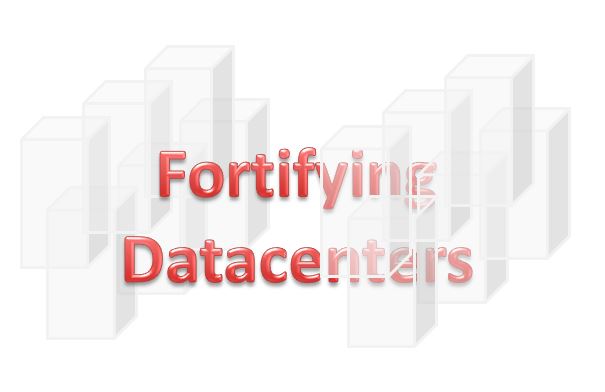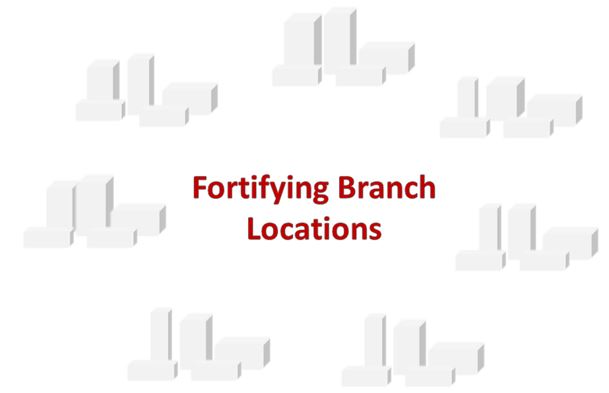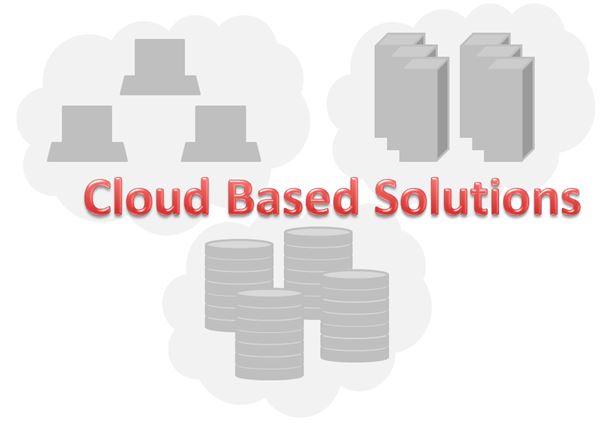
Remote replication is very common in large corporations for backing up data between data centers. Copying data between data centers can follow a one-way, two-way or three-way procedural structure. As an alternate option, enterprises can also capitalize on their WAN capabilities for copying data from one data center to another or to the cloud. In any of these cases, IT teams cannot afford to compromise on bandwidth requirements owing to the huge data volumes that are transmitted across the network.
While this requirement is fulfilled in large data centers to handle constantly changing data traffic, network glitches such as latency, packet loss and retransmission take their toll on the WAN bandwidth’s overall utilization.
Conventional storage methodologies come with a fair share of ongoing operational costs and error management. The larger the scale of business operations, the greater a toll these network glitches take on WAN performance.
Organizations must ensure that the data centers are separated by a fair amount of distance to avert the possibility of a business disruption impacting both sites simultaneously. Cloud based solutions are also growing in presence at a rapid rate. Organizations also fortify their security measures by moving their data from the data centers to an external public cloud.
Solution Strategy
The existing network infrastructure can be optimized such that larger volumes of data can be secured. The periodicity of data replication can be increased for a better recovery point objective (RPO). Business operations can be restored faster for a better recovery time objective (RTO).
Data de-duplication can reduce network traffic substantially, especially in the case of connections with limited bandwidths. WAN Optimization methodologies can ensure that data packets are not repeated during transmission across the network. Additionally, the load on each connection can be adjusted depending on traffic volumes during specific time periods. Network performance across various metrics can be improved by streamlining the data for different applications, regardless of the storage methodology that has been adopted.
Available storage can also be better utilized through quicker data transfer. Traffic congestion and packet loss can also be averted.
These are crucial factors, especially when there is a very narrow window for depleting data present in the storage array and software replication cache. Failing to do so would severely disrupt asynchronous data replication processes.

While protecting data at the branch offices, organizations can take three basic approaches.
Nevertheless, most companies manage their backup and replication tasks centrally from the DC location. Network performance across these connections that are established between edge devices and data centers can be severely compromised due to bandwidth constraints. And this translates into delays in backing up and replicating data, especially while dealing with large volumes.
Companies looking to enhance connectivity across their locations need to carefully weigh the pros and cons of different network options, based on their business needs. And given the annual rises in business data volumes, the performance capabilities of the connections they purchase will have to be enhanced every few years.
Solution Strategy
With a WAN enabled backup and replication model, companies can safely do away with the need of moving tapes to offsite locations. Backup storage capacities and the frequency with which databases are backed up can be increased substantially. Through de-duplication techniques, packets that have already been transmitted across the network are identified and encountered at the local device. This way the network frees up bandwidth by not transmitting redundant data packets. Only unique packets are sent across which are further compressed to create additional bandwidth availability.
Remote locations often tend to be understaffed in skilled technicians. In such cases where organizations intend to limit the number of physical hardware units in distributed environments, a combination of WAN optimization and virtualized platforms can serve as a feasible option. Organizations can pick and choose from a plethora of virtualization tools to centrally manage the entire infrastructure.

Many organizations are taking advantage of the many benefits of cloud based solutions for backup and archival purposes. One of the main reasons that is prompting different enterprises across industries to make this move is to bring down their capital expenditure, better utilize their existing IT staff for more critical processes.
Nevertheless the growing load on the existing bandwidth of network connections owing to ever increasing data volumes is a constant constraint that IT teams have to deal with during bulk data transfer processes such as initial backup or full restore.
Services and devices are available to automate processes for furnishing databases with information during the initial setup of an application. Numerous tools and techniques can also be adopted to reduce data volumes. Nevertheless, de-duplication at the customer end caters comprehensively to the initial bulk backup requirements. Besides, public cloud storage service providers haven’t been able to launch de-duplication activities at the target location without delays.
Solution Strategy
Companies looking to backup data on a public cloud platform can enlist the services of an efficient and economical cloud service vendor. Data can be seamlessly transferred to the public cloud offsite location. De-duplication algorithms can considerably bring down the volume of data to be transmitted.
Tools for backup and storage tasks that are currently in use can take advantage of external cloud services. De-duplication and encryption can bring down bandwidth requirements and increase data protection in a number of ways. IT teams must carefully choose the approach they want to adopt based on the nature, scale and complexity of business operations. Performance and storage efficiency can be enhanced by thirty times. A structural simplicity can be leveraged across cloud based storage solutions infrastructure that eliminates packet loss and security breaches.
An enterprise level public cloud can be launched without any of the typical constraints that limit capabilities such that the scope of datacenter involvement can be expanded. Other advantages include:
- Speed
- Simplicity
- Competitive Pricing
- Transparent Interception
Conclusion
The growing level of unpredictability in the present day business landscape has made leveraging a Business Continuity and Disaster Recovery solution an operational necessity. Leadership and management teams can’t afford to run the risk of having operations interrupted as such incidents can seriously impact the organization’s revenue and brand equity. The role of IT in the deployment of a comprehensive BCDR solution is crucial. Performance can be optimized across various BCDR tasks such as backup, replication, storage and more without impacting the existing infrastructure. Adaptability is the key as enterprises need the freedom to choose and control the manner in which they work towards SLAs.
See for yourself how the application works
Witness our cloud based platform’s security capabilities in action
Play around with the software and explore its features
Compare and choose a solution that’s relevant to your organization
Consult our experts and decide on a pricing mechanism
Disasters
[carousel id=’1780′ items=’4′ items_desktop=’3′ margin_right=’5′ navigation=’false’] [item img_link=”https://www.stayinbusiness.com/wp-content/uploads/2016/02/Chemical-Spills-Discharges.jpg” href=”https://www.stayinbusiness.com/resource/disaster-recovery/chemical-spills-and-discharges/”][item img_link=”https://www.stayinbusiness.com/wp-content/uploads/2016/02/Riots-Public-Disturbances.jpg” href=”https://www.stayinbusiness.com/resource/disaster-recovery/riots-and-public-disturbances/”][item img_link=”https://www.stayinbusiness.com/wp-content/uploads/2016/02/Terrorism.jpg” href=”https://www.stayinbusiness.com/resource/disaster-recovery/terrorism/”] [item img_link=”https://www.stayinbusiness.com/wp-content/uploads/2016/02/worst-product-recall.jpg” href=”https://www.stayinbusiness.com/resource/disaster-recovery/product-recall/”] [/carousel]
